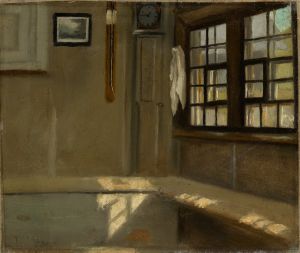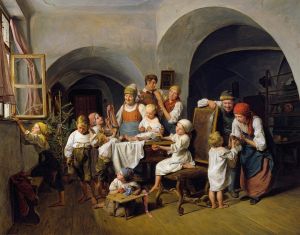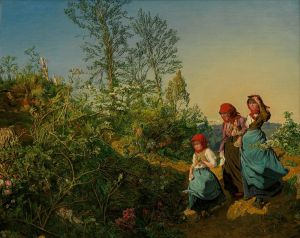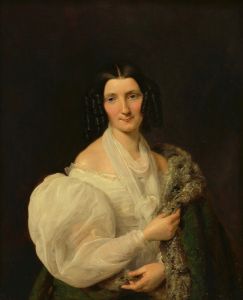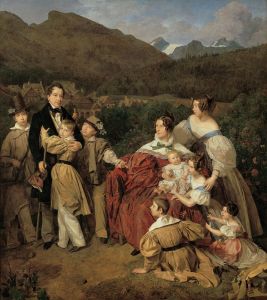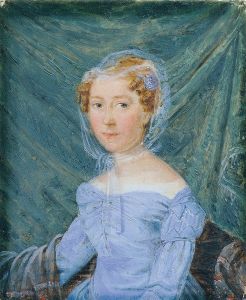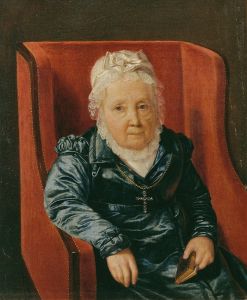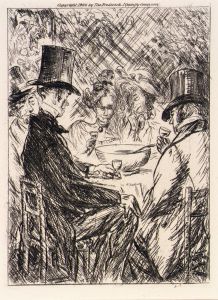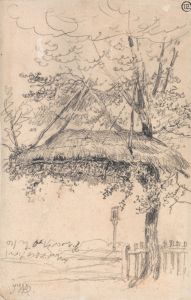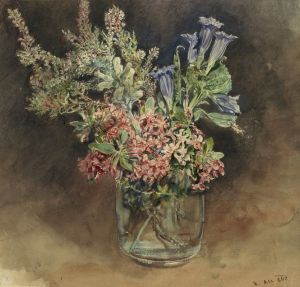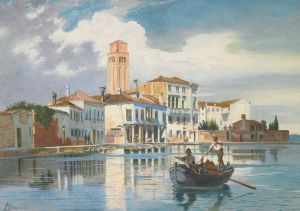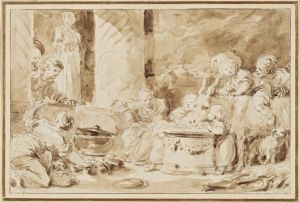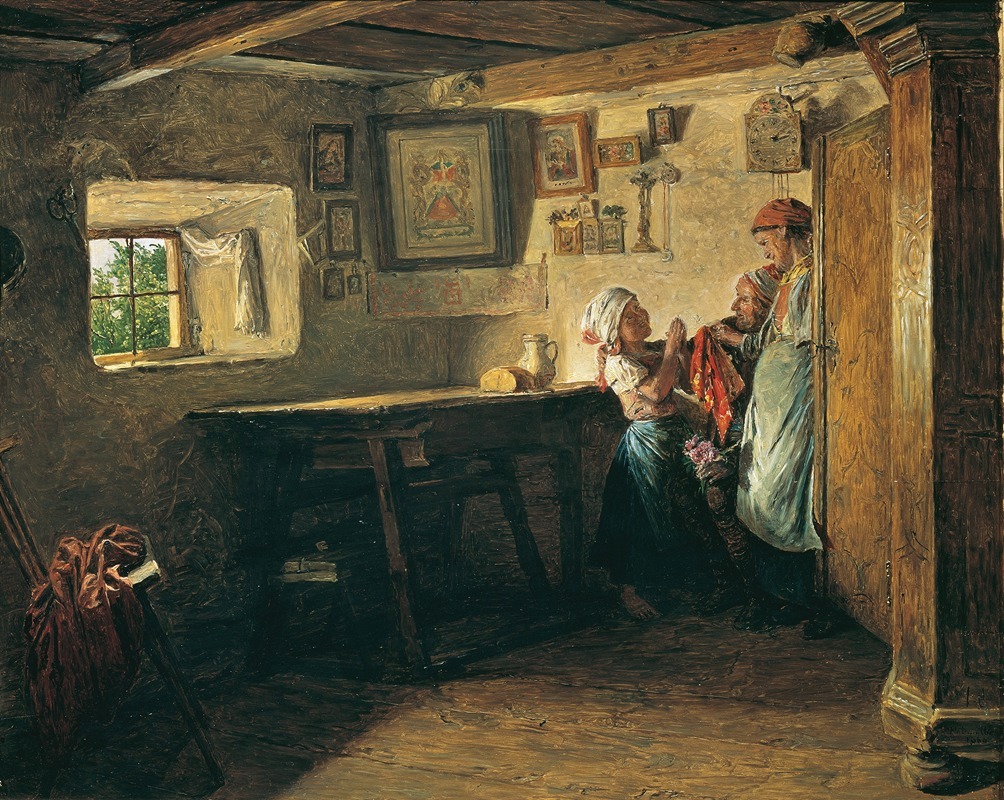
Der alte Kasten
A hand-painted replica of Ferdinand Georg Waldmüller’s masterpiece Der alte Kasten, meticulously crafted by professional artists to capture the true essence of the original. Each piece is created with museum-quality canvas and rare mineral pigments, carefully painted by experienced artists with delicate brushstrokes and rich, layered colors to perfectly recreate the texture of the original artwork. Unlike machine-printed reproductions, this hand-painted version brings the painting to life, infused with the artist’s emotions and skill in every stroke. Whether for personal collection or home decoration, it instantly elevates the artistic atmosphere of any space.
Ferdinand Georg Waldmüller was an Austrian painter renowned for his contribution to the Biedermeier period, a time characterized by a focus on realism and detail in art. One of his notable works is "Der alte Kasten," which translates to "The Old Cabinet" in English. Waldmüller was born in Vienna in 1793 and became one of the most significant Austrian painters of the 19th century, known for his portraits, landscapes, and genre scenes.
"Der alte Kasten" exemplifies Waldmüller's meticulous attention to detail and his ability to capture the subtleties of light and texture. Although specific details about the painting's creation, such as the exact year it was painted, are not widely documented, it is consistent with the themes and styles prevalent in Waldmüller's body of work during the Biedermeier period, which spanned from 1815 to 1848.
Waldmüller's work often depicted everyday life with a sense of realism and clarity that was innovative for his time. His paintings are characterized by their vibrant colors and the careful rendering of light, which gives his subjects a lifelike quality. "Der alte Kasten" is no exception, showcasing his skill in portraying the materiality of objects and the interplay of light and shadow.
The Biedermeier period in which Waldmüller worked was marked by a shift towards more intimate and domestic subjects, reflecting the socio-political climate of the time. This era followed the Napoleonic Wars and was a time of relative peace and stability in Austria, allowing for a focus on the home and family life. Artists like Waldmüller captured these themes, providing a window into the everyday experiences of people during this period.
Waldmüller's influence extended beyond his paintings. He was also an advocate for the arts and played a significant role in the development of art education in Austria. He was a professor at the Academy of Fine Arts in Vienna and was instrumental in reforming its curriculum to emphasize the importance of studying nature and direct observation, principles that are evident in his own work.
"Der alte Kasten," like many of Waldmüller's paintings, reflects his dedication to realism and his ability to convey the beauty of ordinary objects and scenes. His work remains celebrated for its technical precision and its ability to capture the essence of 19th-century Austrian life.
In summary, while specific details about "Der alte Kasten" are limited, the painting is a testament to Ferdinand Georg Waldmüller's skill and his contribution to the Biedermeier period. His work continues to be appreciated for its detailed realism and its portrayal of the everyday, offering insight into the cultural and artistic values of his time.





